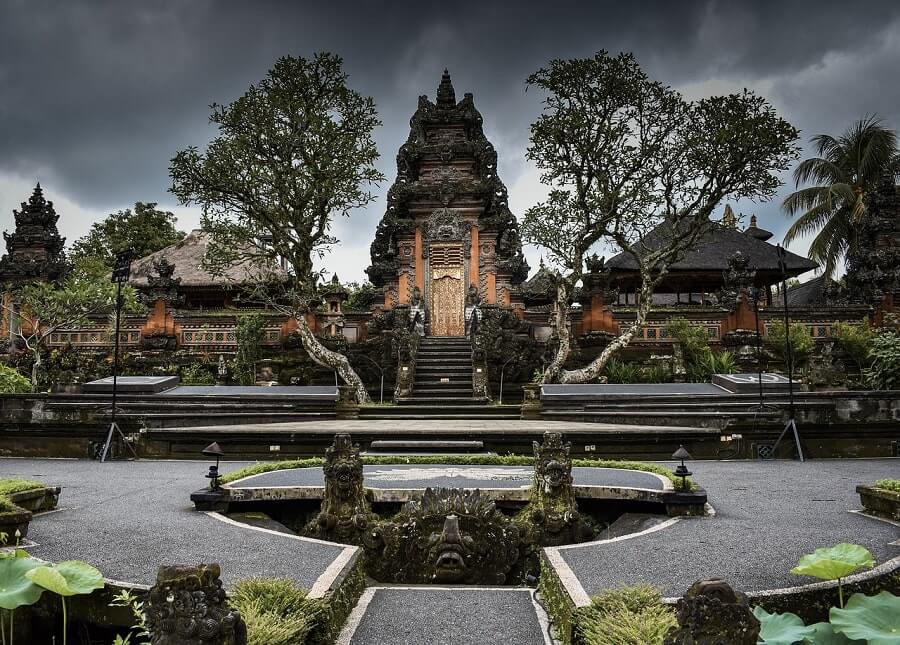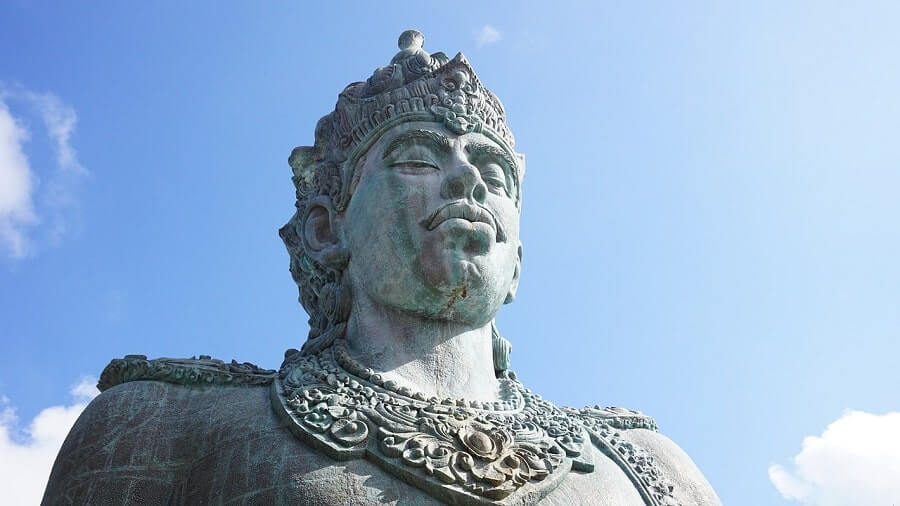Exploring the Relationship between Architecture and Tourism in Bali
Architecture has been recognized for its supporting role in the enhancement of the physical assets of destinations, which play a leading role in drawing tourists who identify and associate destinations with these architectural landmarks. While generating tourist expenditure is not the aim of most architects, many are increasingly aware that articulated and functional buildings become visitor attractions in their own right – an externality that requires valuing. However, the value assigned to iconic architecture is often restricted to the bricks and mortar construction, and the broader contributions a building can deliver to its stakeholders are largely ignored.

In Bali, each area has its characteristics. In terms of the buildings, you will notice that Balinese architecture is very tropical and often in harmony with its surroundings due to the use of natural materials of the island, such as bamboo, coconut wood, stone and reed. In addition, Balinese architecture has many influences from the ancient Javanese and Hindu cultures. The different cultures and philosophies are particularly evident in the richly decorated ornaments of flowers, goddesses or dragons. You can admire the traditional Balinese architecture when you visit the beautiful temples and monuments. Even luxury villas, hotels and beach clubs are combining the traditional building style with a Western touch.

Because Bali thrives on its tourists, architecture is essential for the island; an attractive place attracts large groups of people. Tourists are often curious about new cultures and admire the new world they are entering; the architecture on the island serves as a communicative medium, to the outside as a sign and to the inside as a world of experience. It reflects the symbolism of the place and shows the history of the island. Therefore, Balinese architecture represents the culture and lifestyle of the locals.

An example of the most worth seeing places in terms of architecture is the Garuda Wisnu Kencana statue, which depicts the Hindu god Vishnu riding on the back of the Garuda. The statue is 145 metres high, making it one of the largest statues in the world. The statue is located in a cultural park where events and exhibitions are held in addition to the architectural attractions. Many tourists want to visit the place, which not only contributes to the preservation of Balinese culture but also to the economic growth of the island. This shows that architecture is essential for the preservation and expansion of tourism in Bali.
Robert Ian Bonnick is a leading Tourism Architect in Bali. He’s focusing on helping tourism boards & operators/businesses such as Hotels and social impact projects to generate more inbound tourism. He is a master connector with extensive experience in the upper echelon of hospitality (one of his co-ventures was voted #3 in the world) and related businesses including tourism, marketing, branding, PR, music industry, event production and many more.

Contact him at www.robertianbonnick.com. Alternatively, go to this https://linktr.ee/RiBlinks and book a strategy call.











June 25, 2023
Just desire to say your article is as astounding. The clearness for your post is just cool and that i can think you are a professional on this subject. Well with your permission allow me to grasp your RSS feed to keep up to date with impending post. Thank you a million and please continue the gratifying work.